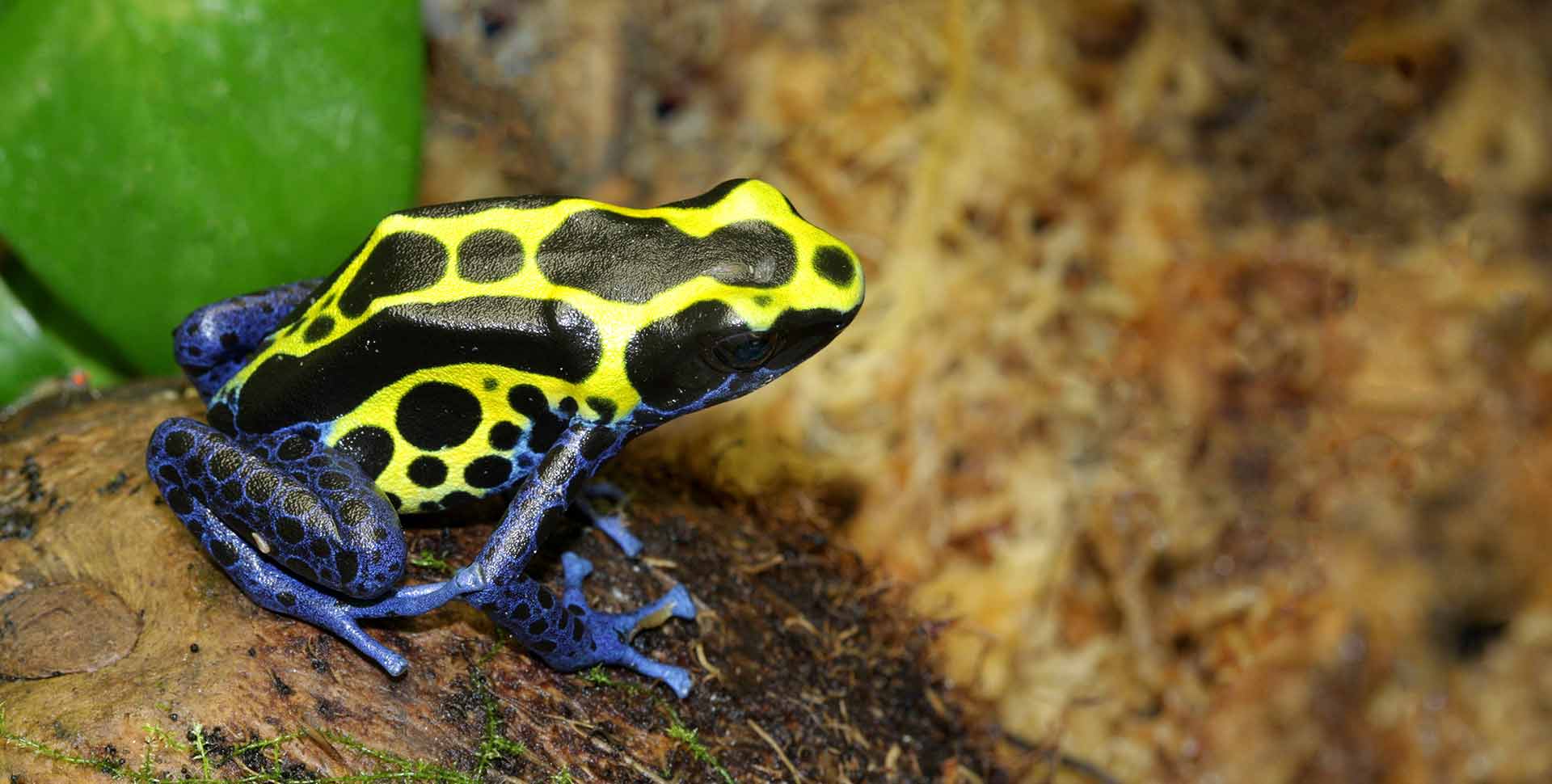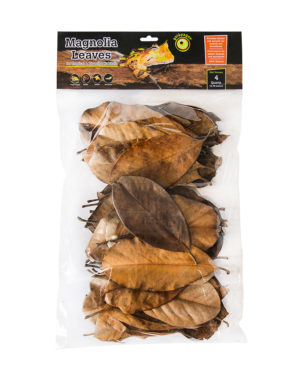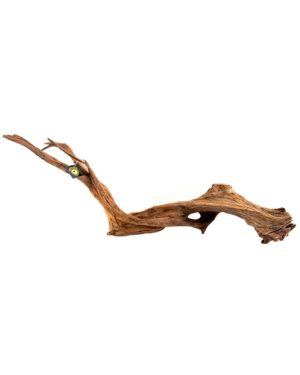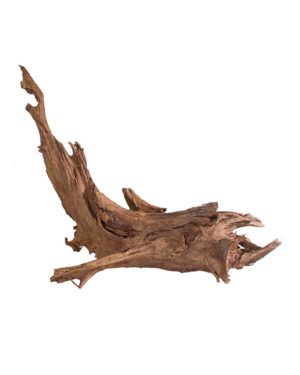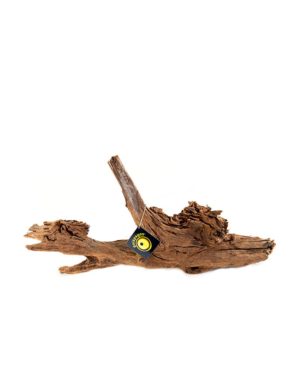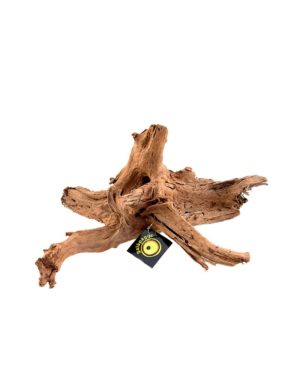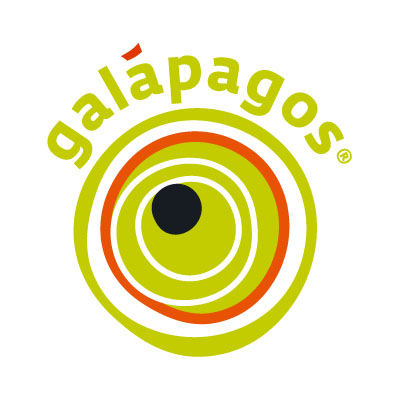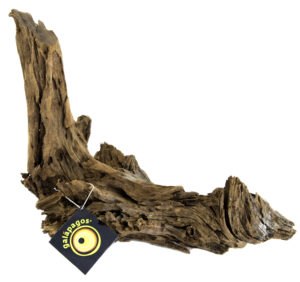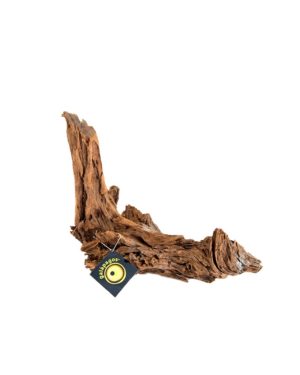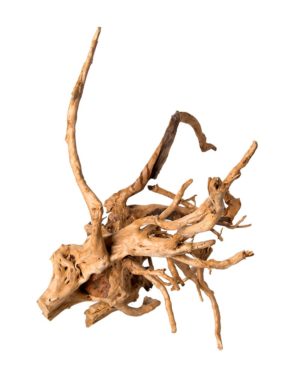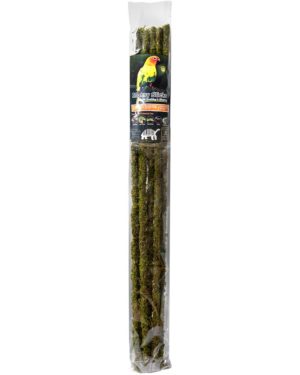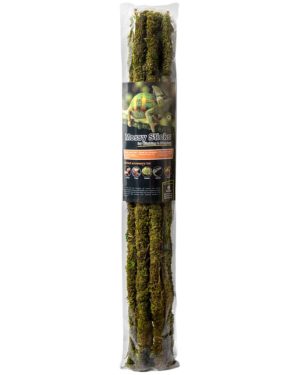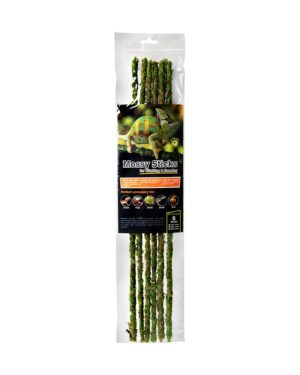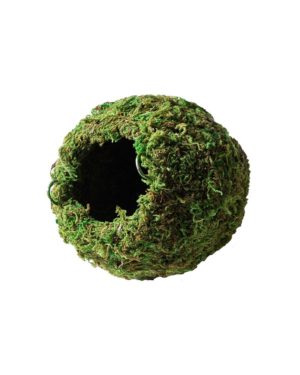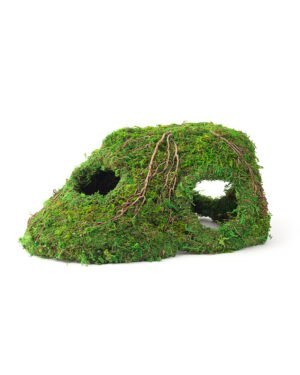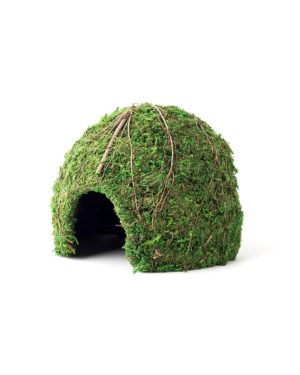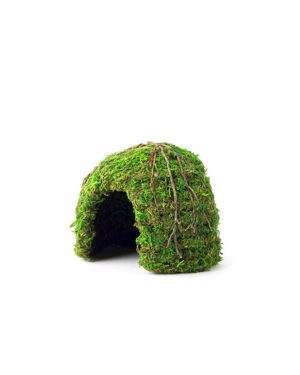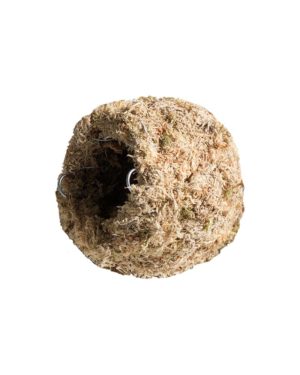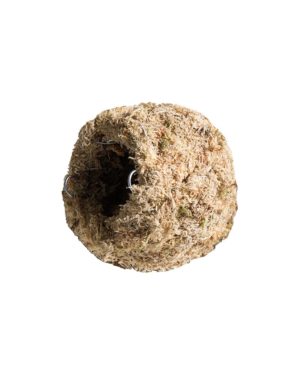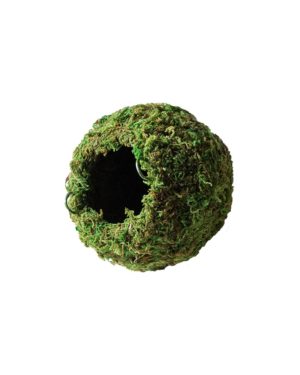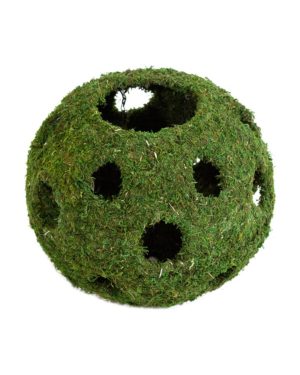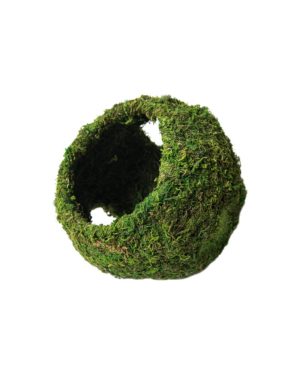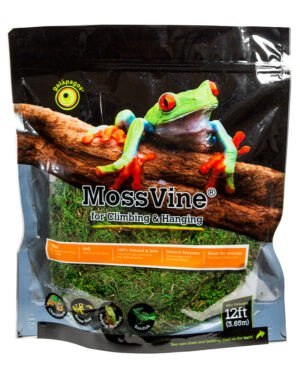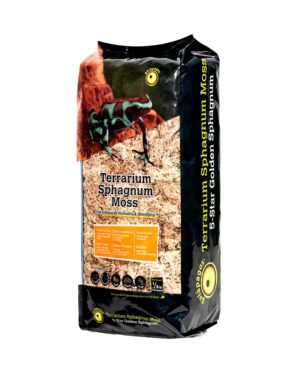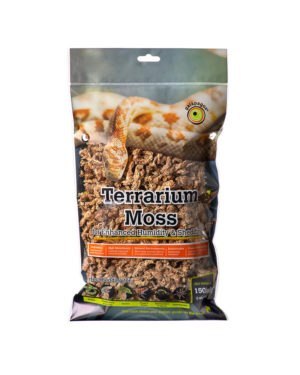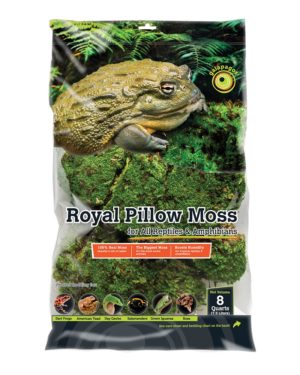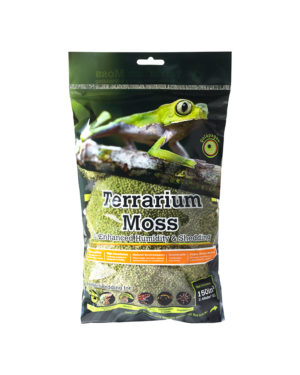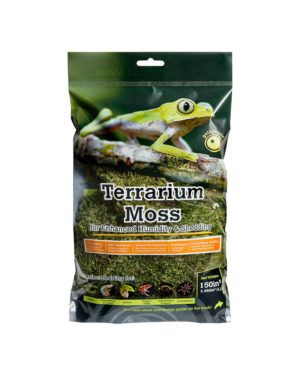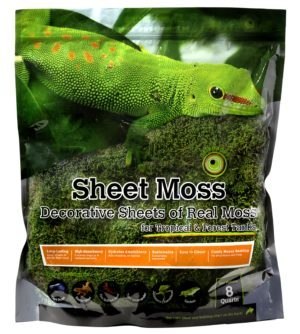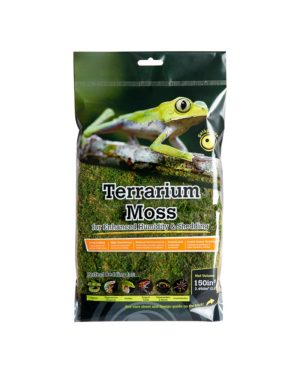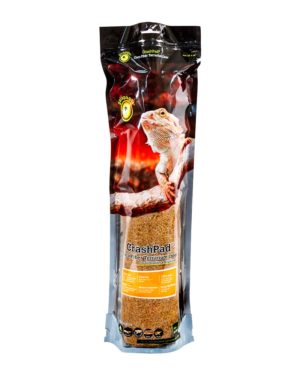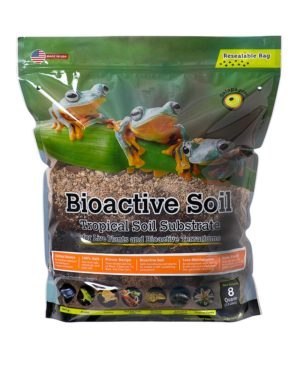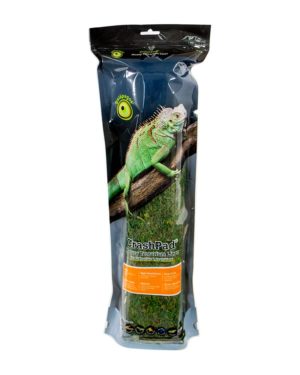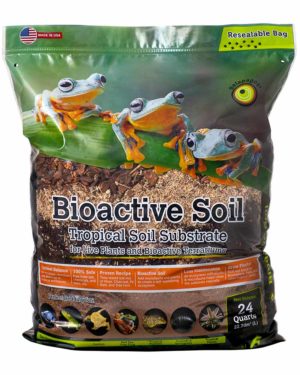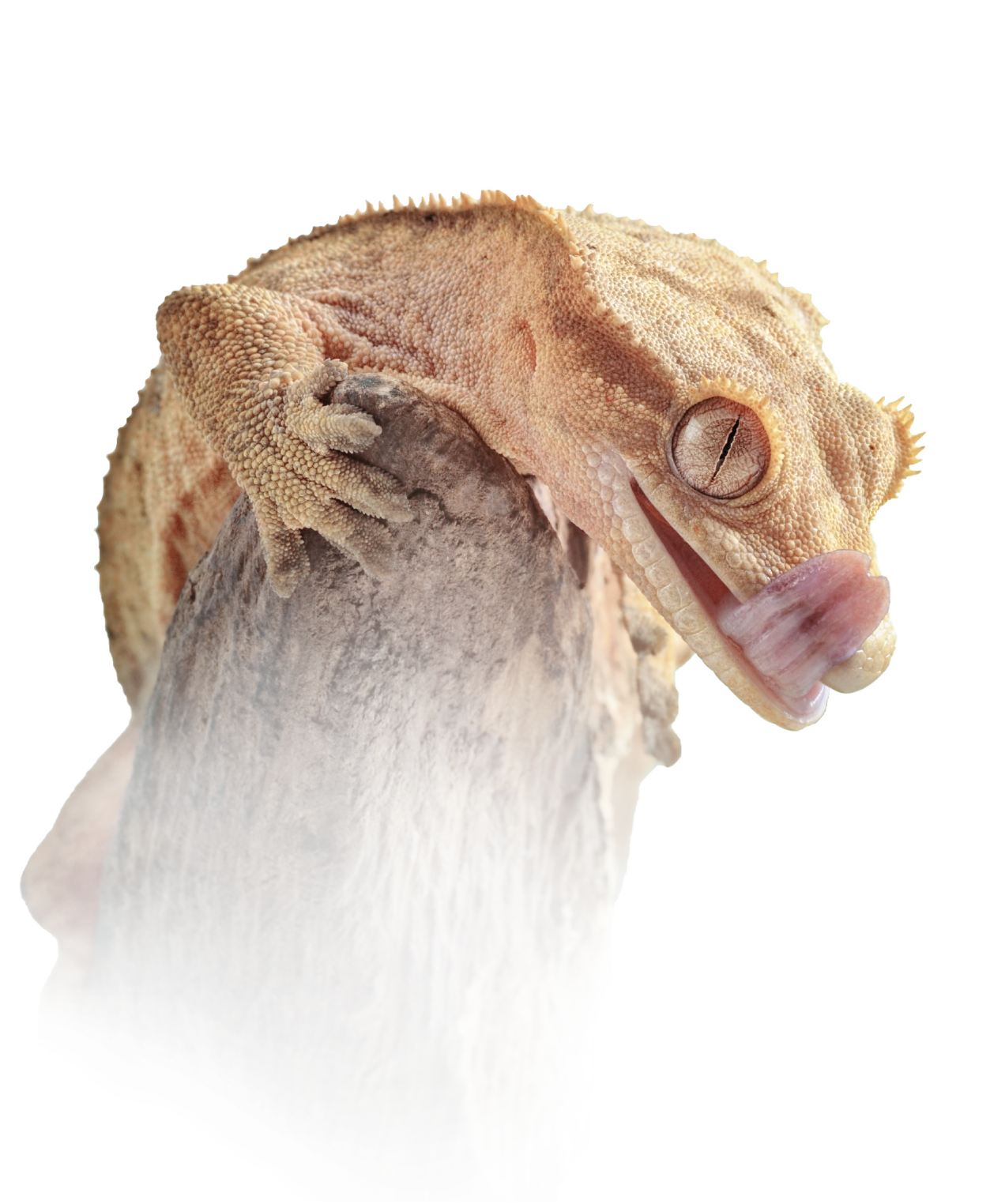Environment
Tropical
Light
Optional
Temperature
72-80 °F
Humidity
80-90%
Most Active
Diurnal
Life Span
4-8 years
Size:
Poison Dart Frog sizes vary by species. If you divide them into small, medium, and large species then the medium and large species are the ones kept commonly in the pet trade. Dart frogs start as eggs, then grow to tadpoles and eventually hit an adult size of around 1.5-2.5 inches. Some of the smallest adults measure just over half an inch and can fit fully on a person’s thumbnail!
Lifespan:
In captivity, with proper care, Poison Dart Frogs can live 4-8 years or more. There are reports of dart frogs living over 20 years in captivity but this is rare.
Enclosure:
When designing your Poison Dart Frogs enclosure make sure to remember that they are native to tropical, humid regions. Most are sold as babies or juveniles and do best in large plastic tubs or small tanks. Adults can be housed in 20 gallon tanks or 18”L x 18”W x 18”H tanks or larger. These frogs can be kept in a group rather than a single individual but overcrowding can be detrimental to their health. The general rule is 5-10 gallons per frog. Be careful to research each frog as some species can be more territorial than others.
Temperature & Humidity
Poison Dart Frogs thrive in room temperature settings (72-80 degrees). During the day temperatures can reach 78-82 and drop to the low 70s at night. More than a few hours at 85 degrees or above can be deadly. Make sure to monitor your tank temperatures for a couple days in a row before adding your frogs. Lastly, remember that if you decide to run lights for live plants that they will increase the temperature by a couple degrees.
Humidity should be kept above 80 percent at all times. Mist as needed to keep the proper humidity. One of the best ways to do this is using a large amount of golden sphagnum moss. Golden Sphagnum Moss is one of the highest quality mosses that hold humidity better than any other moss and is very mold resistant.
Another great way to help control and maintain humidity and make your poison dart frog’s enclosure more natural is with additional mosses and live plants. Green Sphagnum Moss, Royal Pillow Moss, Sheet Moss, Pillow Moss, Bromeliads, and Ferns are all excellent at storing and maintaining humidity.
Lighting
There is no special lighting needed for poison dart frogs. Enough lighting to see their food and hunt is all that is needed. However, if you decide to do live plants you will need to research what kind of lights you need for the specific plants. Only use the lights for a maximum of 12 hours as too much light can cause stress.
Feeding
Poison Dart Frogs are strictly insectivores. They thrive on small, live insects such as flightless fruit flies and crickets. Flightless fruit flies are the most common and highly recommended due to their ease of culturing, low cost, and low maintenance. The correct cricket size can be very hard to find and they grow too fast to have a stable supply. All feeder insects should be dusted with calcium and multivitamins every other feeding. Simply place the feeder insects and a small amount of powder into a plastic bag and shake lightly.
Because dart frogs eat such small food items, they need to eat large amounts of them. Feed babies and juveniles around 20-30 fruit flies a day. Young adults can eat 50-60 in a day and should be fed that until well established. Once they are established you can feed every other or every couple of days.
Water
Like all frogs, Poison Dart Frogs absorb water through their skin from their surroundings. This is why they need such high humidity to thrive. A water dish is not necessary but can be added to increase humidity. However, make sure that the dish is very shallow with steps outside so the frogs cannot drown.
Substrate
Poison Dart Frogs do well on a variety of different substrates. For babies and juveniles many people just use golden sphagnum moss with some leaf litter. For adults, there are several types of soil mixes but Bioactive, ABG mixes, and Coconut Soil mixed with Golden Sphagnum Moss are some of the most common. These mixes are also great naturalistic substrate options that help maintain and control humidity. Adding on Leaf Litter is another great idea as it provides shelter, humidity, and is ideal for microfauna when doing a naturalistic enclosure. No matter what substrate you decide to use make sure to keep an eye on humidity as too much or too little can cause problems.
Hides
Providing multiple safe hiding places for your dart frog is extremely important to the overall health of your amphibian. Dart frogs need a secure, dark cave or hide that they can retreat to in order to reduce stress and feel safe. Plants and commercially available hides can be used to accomplish this (Sapa and Moss Domes are popular naturalistic options and are made of moss to help with humidity). The plants and leaves that make up the foliage can be fake or live depending on your personal preference.
Decor
After the necessities, Dart Frog enclosures can have any variety of decor that help to add enrichment. Spider Wood, Manzanita, and Driftwood are popular additions that act as a centerpiece and anchor for a variety of plants and other accessories. Natural Stones, Mosses, and Plants are also a great addition for general stimulation and enrichment with the added benefit of a naturalistic look.
Interesting Facts:
- Poison Dart frogs are aposematic. Aposematic animals are animals that advertise to potential predators that they are not worth attacking or eating. Dart Frogs do this through the use of bright colors to warn of their toxicity.
- These amphibians are often called “dart frogs” due to their toxic secretions being used on the tips of blow darts by indigenous peoples. However, only 4 of the 170 species have been documented for this use as many “dart frogs” do not produce dangerous enough toxins or do not produce toxins at all.
- Many species of dart frogs, especially Oophaga and Ranitomeya, will carry their tadpoles on their back using mucus. They are then deposited into arboreal plants with water basins, such as bromeliads.
- Many Poison Dart Frogs secrete lipophilic alkaloid toxins that are used to deter predators. However, many chemicals that are extracted from certain species have been shown to have medical value. Some secretions show promise as pain killers, heart stimulants, muscle relaxants, and appetite suppressants.
- The most poisonous dart frog is the golden poison frog (Phyllobates terribilis) which has enough toxin to kill 10-20 men or about 10,000 mice.


